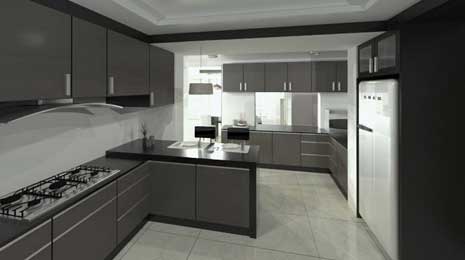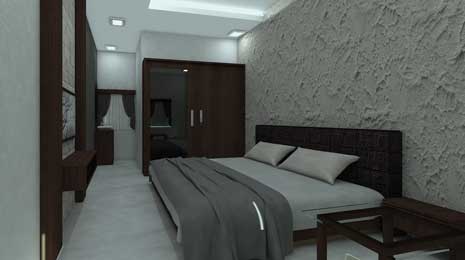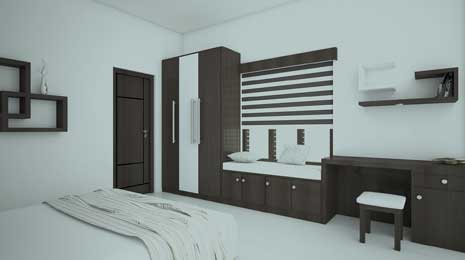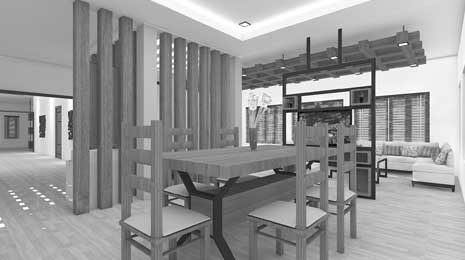Padavu Interiors, Mukkam, Kozhikode
Padavu Interiors is based out of Mukkam, Kozhikode in Northern Kerala. It has been masterminded by two aspiring hard core professionals Shyne and Joby Bose. Padavu breathes design. Innovation and customization is etched in our DNA. Listening is a skill and a strategy we nurture. We listen to the clients, to nature, to tradition, to contemporary trends. Reving it up with seasoned insights we build spaces throbbing with positive energy; spaces that you would love to be in.
We Provide Turnkey Solutions for
Homes | Offices | Commercial Spaces | Space consultation | 3D visualization | Quality control | Project Management | After-sales Care
Designing and developing interiors for homes, offices and commercial spaces that is what we do. From a bare floor to an endearing functional space, we do unbelievable transformations with quick turnaround. Here is how it pans out: We discuss the various styles in vogue and materials used; the pros and cons of each. Then we together, zero-in on a design that suits your needs and budget. We personalize it till your satisfaction.And we maintain your dream interior for 5 years.
We have our own furniture manufacturing unit with well equipped machinery. This enables us to provide uncompromising quality of work with ultra-precision components and furniture. Our workforce includes Carpenters, Painters and Expert Labourers for tile and gypsum work. We have special expertise with veneers, laminates and woods as well.














